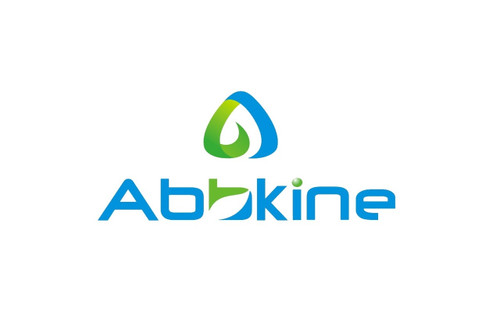Product Description
Rat Glutathione (GSH) ELISA Kit | AE58598RA | Abebio
Species Reactivity: Rat (Rattus norvegicus)
Abbreviation: GSH
Alternative Name: N/A
Application: ELISA
Range: 1.23-100 μg/mL
Sensitivity: 0.48 μg/mL
Intra-Assay: ≤4.3%
Inter-Assay: ≤10.6%
Recovery: 0, 99
Sample Type: Serum, Plasma, Other biological fluids
Detection Method: Sandwich
Analysis Method : Quantitive
Test Principale: This assay employs a two-site sandwich ELISA to quantitate GSH in samples. An antibody specific for GSH has been pre-coated onto a microplate. Standards and samples are pipetted into the wells and anyGSH present is bound by the immobilized antibody. After removing any unbound substances, a biotin-conjugated antibody specific for GSH is added to the wells. After washing, Streptavidin conjugated Horseradish Peroxidase (HRP) is added to the wells. Following a wash to remove any unbound avidin-enzyme reagent, a substrate solution is added to the wells and color develops in proportion to the amount of GSH bound in the initial step. The color development is stopped and the intensity of the color is measured.
Product Overview: Glutathione (GSH) is a tripeptide. It contains an unusual peptide linkage between the amine group of cysteine and the carboxyl group of the glutamate side chain. Glutathione, an antioxidant, protects cells from toxins such as free radicals. Thiol groups are kept in a reduced state at a concentration of approximately ~5 mM in animal cells. In effect, glutathione reduces any disulfide bond formed within cytoplasmic proteins to cysteines by acting as an electron donor. In the process, glutathione is converted to its oxidized form glutathione disulfide (GSSG) . Glutathione is found almost exclusively in its reduced form, since the enzyme that reverts it from its oxidized form, glutathione reductase, is constitutively active and inducible upon oxidative stress. In fact, the ratio of reduced glutathione to oxidized glutathione within cells is often used scientifically as a measure of cellular toxicity.
Stability: The stability of ELISA kit is determined by the loss rate of activity. The loss rate of this kit is less than 5% within the expiration date under appropriate storage condition. The loss rate was determined by accelerated thermal degradation test. Keep the kit at 37°C for 4 and 7 days, and compare O.D.values of the kit kept at 37°C with that of at recommended temperature. (referring from China Biological Products Standard, which was calculated by the Arrhenius equation. For ELISA kit, 4 days storage at 37°C can be considered as 6 months at 2 - 8°C, which means 7 days at 37°C equaling 12 months at 2 - 8°C) .
 Euro
Euro
 USD
USD
 British Pound
British Pound
 NULL
NULL








